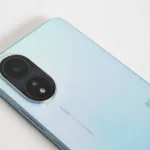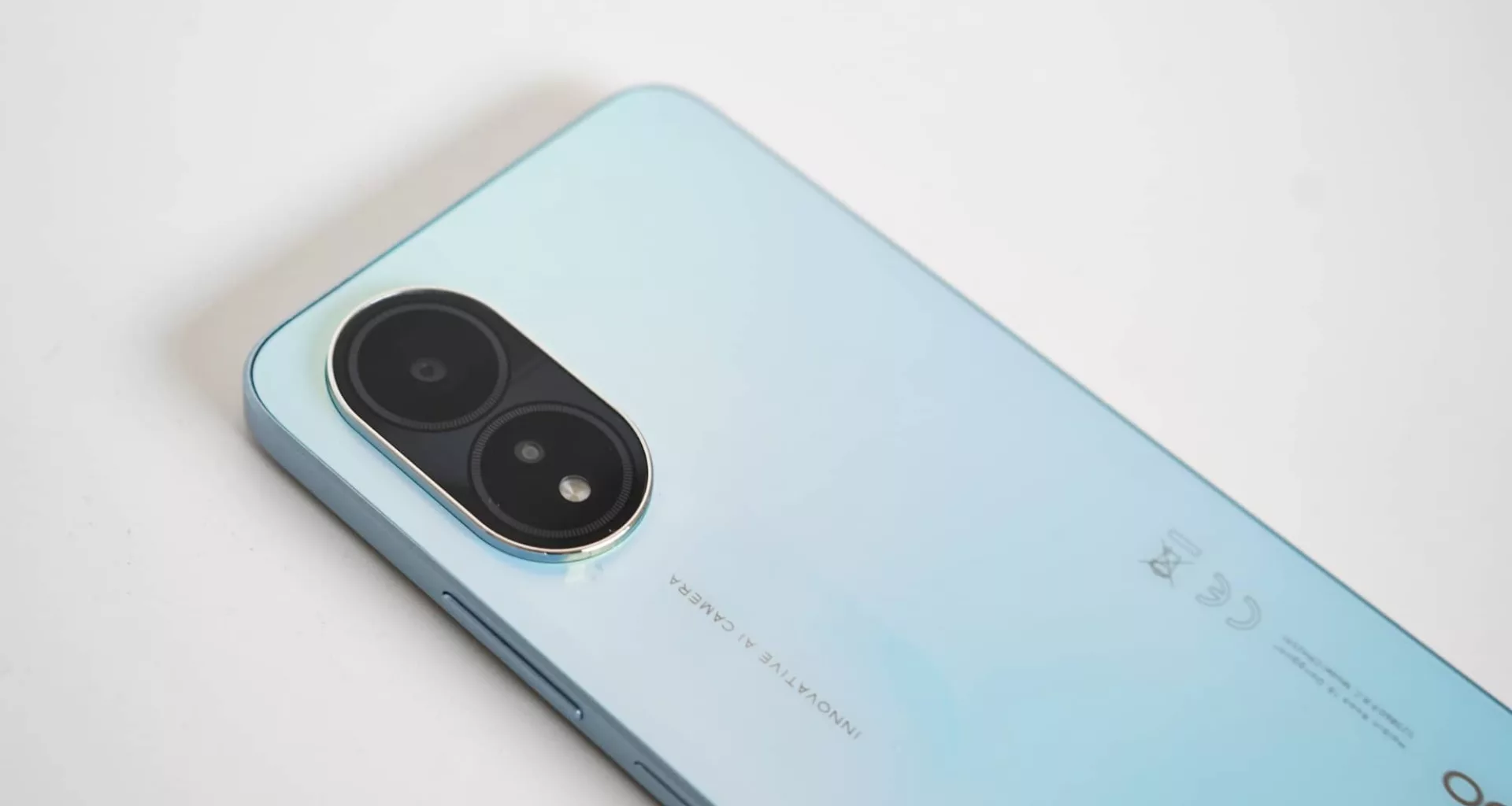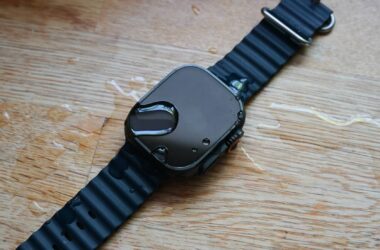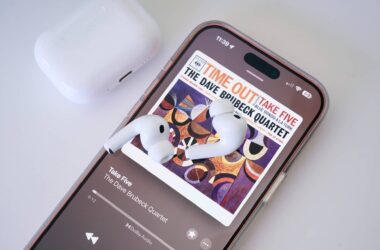Quick review
The good
The not-so-good
How much does $219 buy in a phone? That’s the answer the Oppo A18 is trying to answer, as Oppo gets features down to a budget price.
The challenge of making a budget phone is making it fit a feature list for a specific price point, and it’s a challenge manufacturers are really striving to nail right now.
There’s little wonder to guess why: between hits to the cost of living, the price of technology coming down, and more people within reach of mobiles than ever before, companies that nail this can find success. It’s no wonder so many are trying, and it’s a category Oppo has tried before.
Its A-series has long been a spot where you can find inexpensive phones, running a gamut of prices and features, as the company looks to bring the cost of mobiles down.
In the A18, it feels like Oppo is getting closer to a beginner phone for all, or just enough of an update for folks who need that, too. On paper, it has a reasonable amount going for it, but does it stack up? Let’s find out.

Design
Simple yet elegant, the Oppo A18 feels like what happens when a budget phone tries to imitate a high-end model, and mostly succeeds.
The 8.16mm thickness makes for a relatively slim design that also happens to be easy on the eyes, using a flat edge with plastic everywhere.
You’ll also find a 6.56 inch screen, and while it’s encased by an obvious black bezel, this isn’t a high-end phone that needs to impress on looks and aesthetic. The fact that it looks better than some other low-priced phones is a positive point.
It’s worth noting that the $219 Oppo A18 is a cheap phone, but it’s hardly a cheap and nasty phone.
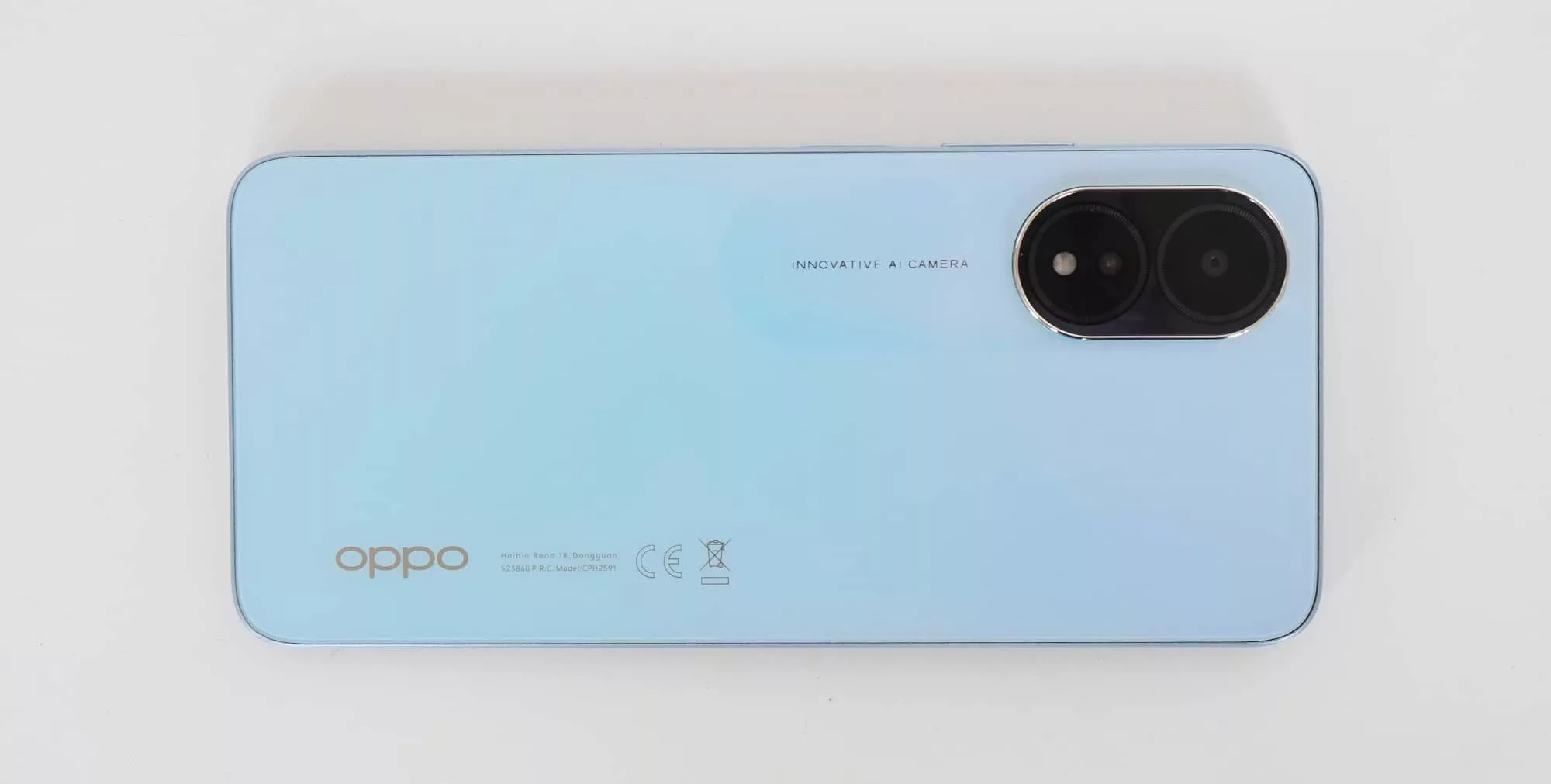
Features
Inside, there’s a MediaTek Helio G85 driving the hardware with 4GB RAM and 128GB storage, the latter of which you can boost with a microSD slot.
Two cameras can be found on the back in a neat little circular camera block, covering an 8 megapixel F2.0 wide camera and a secondary 2 megapixel camera we suspect is there for the portrait mode, while the front offers a 5 megapixel F2.2 selfie camera.
Connections can also be found on this phone, but given it sits in the budget category, maybe not as many as you might otherwise expect.
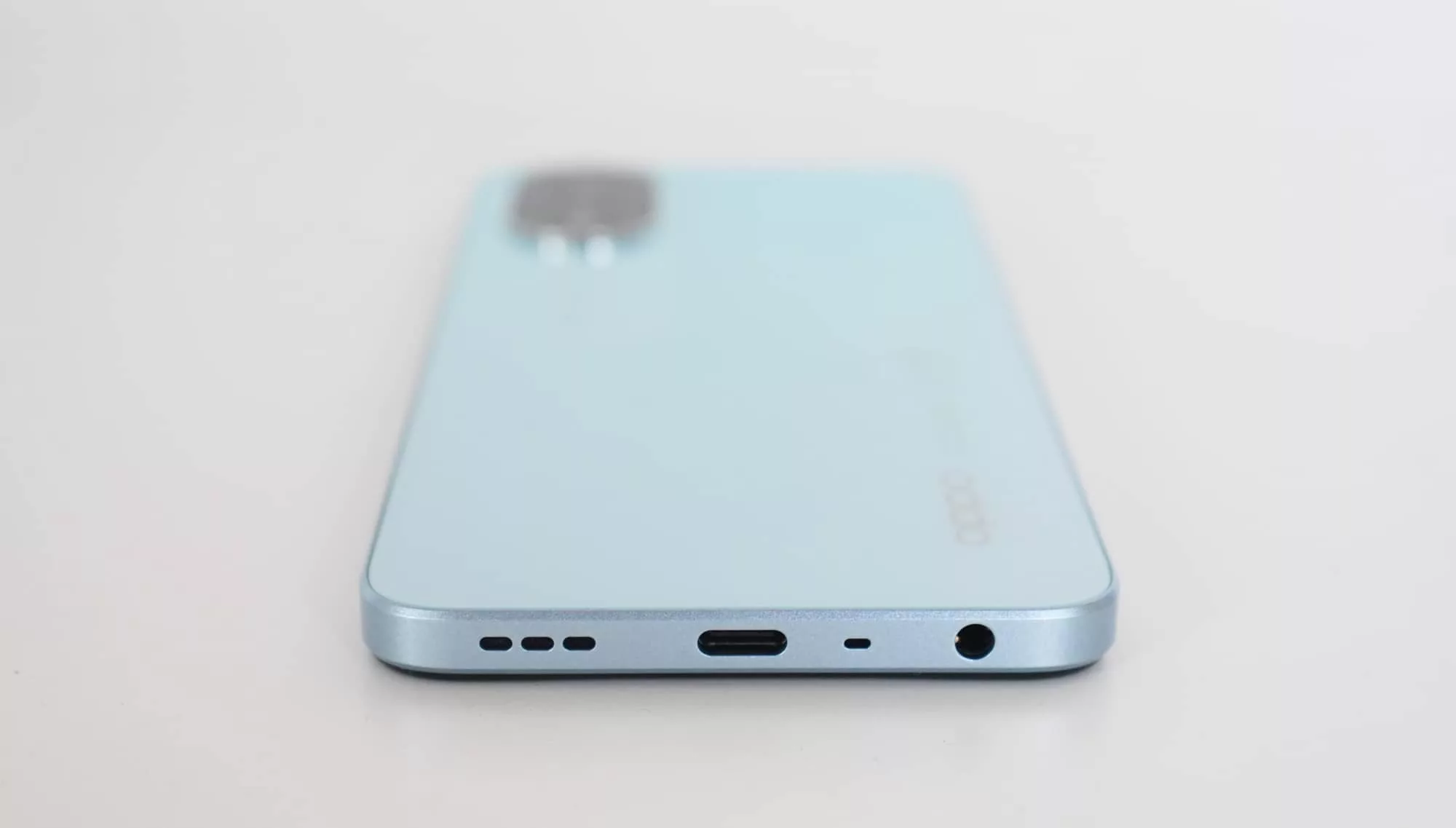
There’s 802.11a/b/g/n/ac WiFi 5, Bluetooth 5.3, GPS, and 4G in the wireless world, while wired connections are offered on USB-C for charging and data, and a 3.5mm port for listening to music if you still use wired earphones.
Google’s Android 13 comes on the phone out of the box, skinned with Oppo’s ColorOS 13.1, and you’ll also find a little more, too, including a fingerprint sensor under the power button on the right, facial recognition security from the front-facing camera, a 5000mAh battery, and a surprising feature for a budget phone: IP54 water resistance.
| Model | Oppo A18 (CPH2591) |
| Chip | Mediatek Helio G85 |
| Display | 6.56 inch 1612×720 90Hz LCD |
| RAM/Storage | 4GB RAM; 128GB storage |
| OS | Android 13 |
| Cameras | 8mp F2.0, 2mp F2.4 |
| Connections | 4G, WiFi 5, Bluetooth 5.3, GPS, USB-C |
| Size/Weight | 8.16mm, 188g |
| Price | Starting from $219 AUD |
In-use
Using the phone, you’ll a HD+ resolution of 1612×720 on the 6.56 inch, which is fine but not amazing, though the 90Hz refresh rate helps a little. You can play spot the pixels easily enough, and while it’s inoffensive, the experience isn’t great.
This is an inexpensive phone plain and simple, and the screen really gives it away.
Not just the screen, but the chip, because there’s a clear risk of lag.
While using Android is largely what you can expect — widgetised home screens, dropdown menus, and Oppo’s ColorOS sitting atop without the Google Discover screen on the left — using the phone can feel slower than it should.

You won’t find it all the time, but the Oppo A18 isn’t a handset where lag is impossible to find or even imperceptible. It’s clearly there in some of the things you might do. Scrolling through apps is usually fine, but scrolling inside those apps? That’s where we found slow downs, as the system worked to bring itself back up to speed.
It does it in the end, but the lag as you use the phone can be glaringly obvious, almost to the point of frustration. We found gesture typing would inexplicably switch off amidst use only to also go back on seconds later, while some apps would take longer than expected to acknowledge that you pressed an on-screen button.
Performance
We already knew going in that the performance with this level of MediaTek chip was going to be ho-hum, and we certainly felt that from the usability issues when they popped up.
However, that also gave us a good idea of what to expect from the benchmarks.
The results aren’t amazing, even for a phone made to be inexpensive. At least one of the workloads crashed during the benchmarking, so you know it’s not a brilliant performance.
Interestingly, Oppo’s A18 technically performs the best out of a variety of budget Android phones released in 2024, but compares poorly with older phones.
Go back as far as the Google Pixel 4a with 5G, a phone that’s roughly four years old, and the A18 is beaten terribly, as is the case with the Moto Edge 20 Fusion. This might seem like a crazy approach for a benchmark, but given these phones can also be previous models laying about in a drawer somewhere or on used ads, it’s a valid comparison.
Judging by benchmarks alone, the Oppo A18 is not a strong performer.
Synthetic benchmarks don’t always give a great expectation, mind you, but in this instance they’re definitely spot on.
Our time with the Oppo A18 revealed intermittent slowdowns and instances where the phone just stopped to take a breather for a few seconds while you tried to scroll down reading a webpage, or was switching to a different screen in an app.
It wasn’t enough to totally handicap the experience of using the phone, but it could get annoying at times.
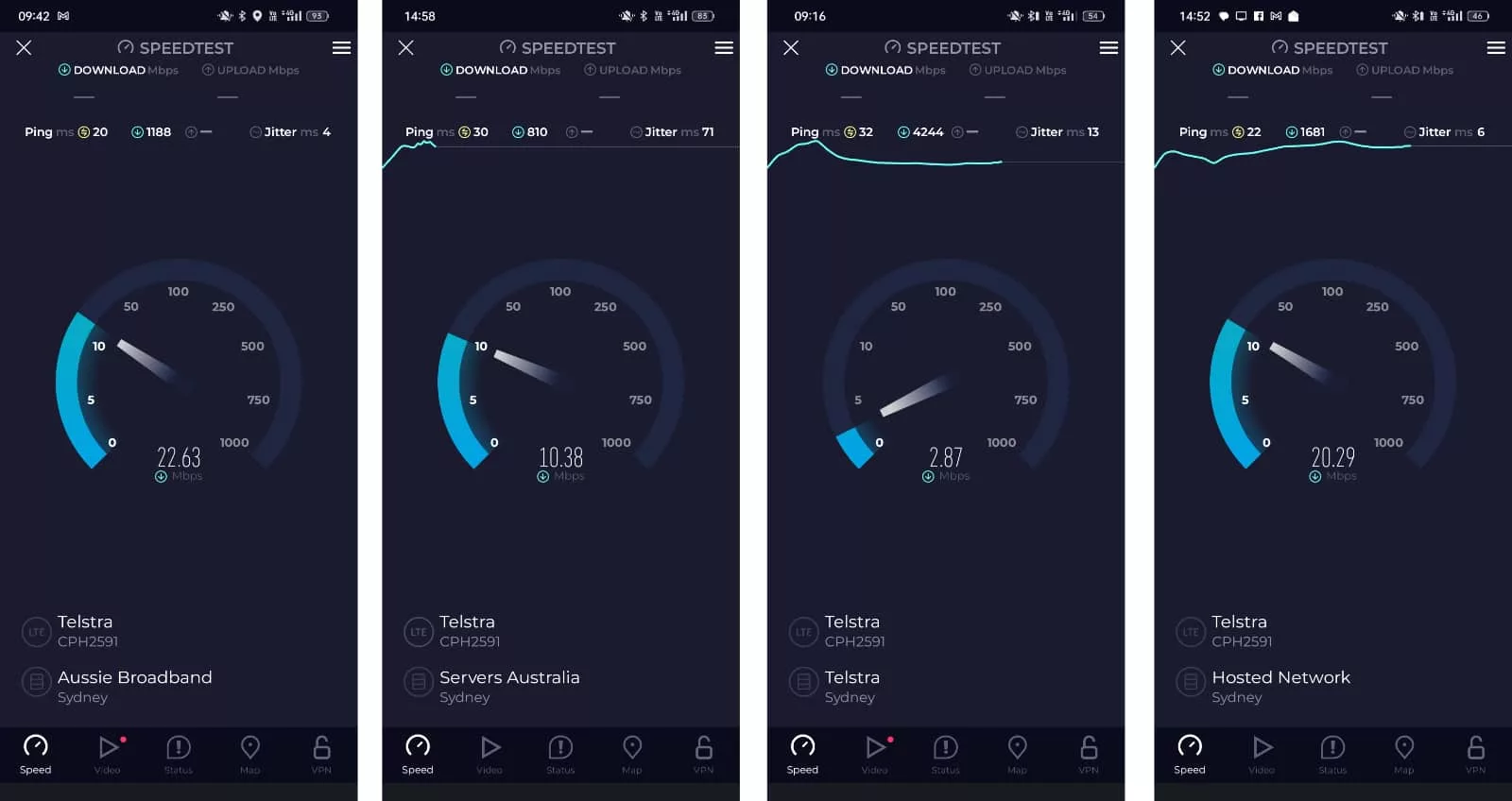
You won’t find 5G here, either, but given the price range, you shouldn’t be surprised. It’s not as if 5G solves any particular problem, either.
Rather, it just means not downloading music and videos at the fastest speeds Australian telcos have to offer. Interestingly, our time with the Oppo A18 showed the 4G struggled to hit fast 4G speeds.
Our experience maxed out at 40Mbps, which is very much on the slow side of 4G, and is more like what you’d expect on 3G. That could easily be a telco thing, but we’re not so sure. It didn’t matter what time or day we tested on, the mobile performance was always lacklustre.
Camera
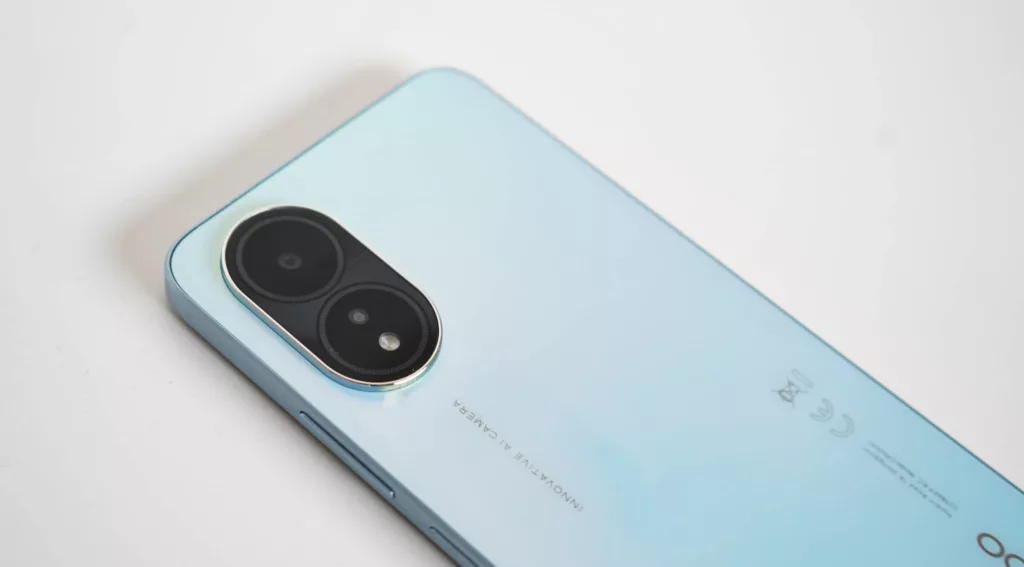
“Lacklustre” is a word that can be used to describe the performance overall, but you might want to also extend it to the camera.
The 8 megapixel camera on the back wasn’t likely to be a standout model, especially given the budget status of the phone, but we found images often would blow out in colour and contrast, and didn’t always deliver.
Adding to that mixed bag, the camera isn’t tremendously fast, and so some pictures may give you a touch more motion than you’d otherwise expect. Just tell everyone to hold still and wait, because the phone doesn’t always take the shot when you tell it to.



You’ll have the best shots in daylight when the light is balanced rather than too direct, while low-light shots struggle with clarity because the camera simply isn’t amazing. As it is, even daylight shots aren’t fantastic for sharpness.
Rather, it does the job for the price, which we suspect is more the point given the category the phone sits in.
Battery
Even if the camera isn’t amazing, the battery life is pretty fantastic, achieving two days without problems, and even reaching into the third if you have the patience.
The low-end performance is partly why this is possible, and the more you try using the A18, the more you may deal with that performance struggle by pulling back from using the phone.
Technically, there’s a good 4 to 5 hours of screen time possible from the 5000mAh battery, but through our usage as a daily driver, we found the Oppo A18 could hit two days easy, even as we used wireless earphones to listen to music at times throughout the day, while keeping a wearable linked to the phone at all times.
That’s not bad for battery life at all.

Value
Possibly the one place Oppo wins points for this phone is the price: at $219, the Oppo A18 is an inexpensive phone that makes sense on paper.
A big screen, big battery, and relatively nice design come together for under $250 in the Oppo A18. You can’t say that about many budget phones, which are often relegated to being ugly clunkers marketed on price alone.
What needs work?
The value argument certainly makes sense given the price and relative feature set, but the performance can leave you wanting. Specifically wanting to sometimes throw the phone out of a window, or at the very least find out from Oppo why it lags and stalls for several seconds at a time.
It’s not an all the time thing, but it’s certainly annoying enough to cause frustration.
Likewise, we’re surprised there’s no NFC in the feature set, largely because that would have made the phone something to grow with. Sure, the phone is inexpensive, and the Near-Field Communication tech used for mobile payments is typically reserved for phones out of the budget scope. But we’re beginning to see it in lower priced phones, such as the Motorola G04.
NFC should be in this phone, but it’s not. Better performance should be in this phone, but it’s not. This phone should be better, but it’s not.
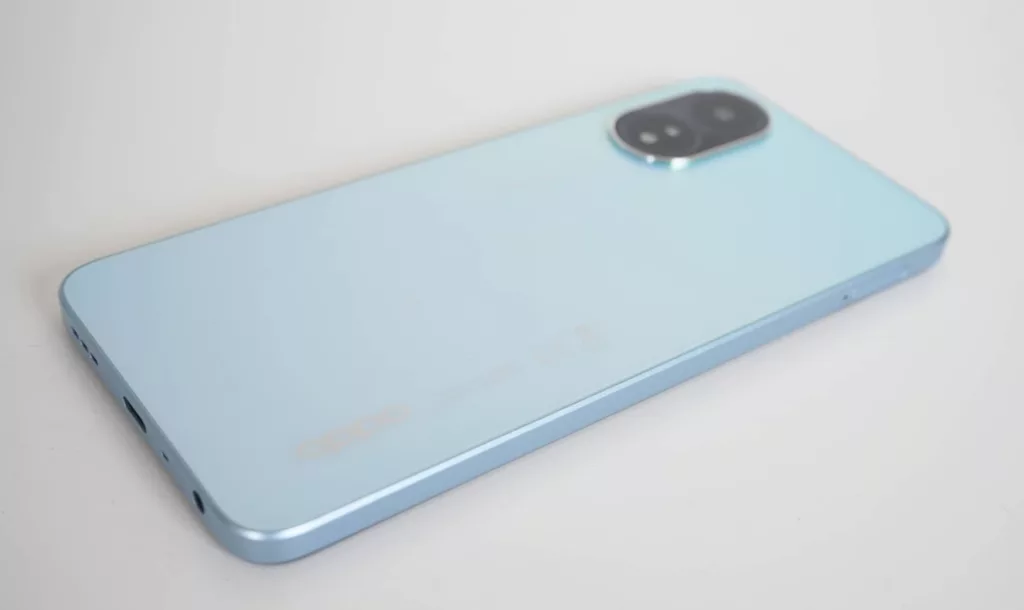
Final thoughts (TLDR)
While the challenge of making a budget phone nail a budget often comes down to the feature set, the experience is also pivotal, and unfortunately, that’s a bit of a problem for the Oppo A18.
Spotted with serious amounts of lag and a camera that doesn’t really deliver much more than the basics, the A18 is definitely a budget phone, but it’s one that feels like it needs improvements to be better.
About the only two things going for it are the screen and battery, which are decent value for the price. You get a big fast screen and a reliably large battery, capable of a good two days of life. Granted, the middling performance can help that battery life, but it’s one of the sacrifices you might have to make to get everything else in this package.
If you’re fine with that, the Oppo A18 could be worth a look. But given how much else you can find in the budget category of phones, we’d probably look around.
